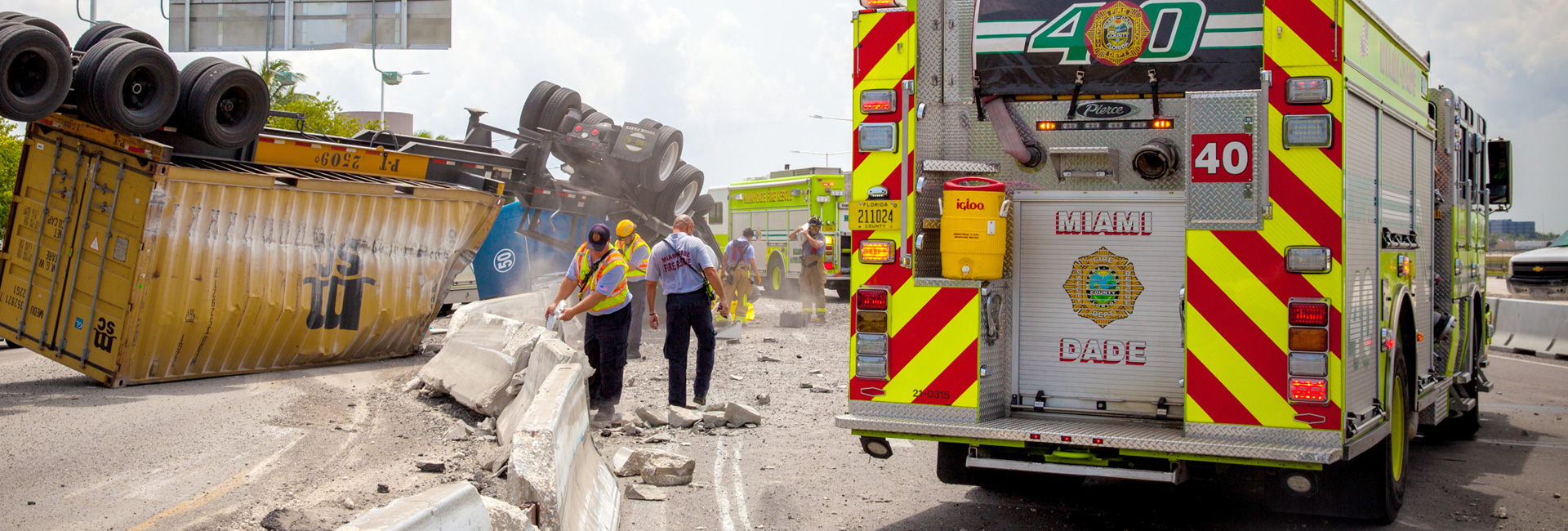Safety Tips: Head & Facial Injuries on a Child
For the first year after a toddler begins walking on his own, it will seem like you can't get a single picture of him without some sort of bump, scrape or bruise on his face, sometimes all three. And while they will fall less frequently as they get older, they will continue to fall now and then throughout childhood.
Most childhood falls will result in minor injuries that can be fully cured with hugs, kisses, and band-aids. But head injuries can be tricky, especially for young children who are unable to express themselves. It is unreasonable to run to the emergency room every time a child bumps his head, but you should look out for certain signs and symptoms of serious injury anytime a child injures his head or face, so you can determine whether he needs medical attention.
First of all, don't let the sight of blood cloud your judgment. The head and face are home to tons of blood vessels located close to the skin surface. Any small cut or scratch on the head or face will bleed more than other areas of the body. An "open" head injury is often less serious than a "closed" head injury, but the presence of blood will create panic. Just remember that some of the most dangerous injuries to the head never break the skin.
For an "open" head injury, remain calm and apply direct pressure to control the bleeding. Once the bleeding has slowed, look at the injury to determine the size and depth of the cut or scratch. In most cases, the pressure will do the trick and the injury will be less serious than all that blood might have suggested. But if it looks very deep or you can’t stop the bleeding, contact your doctor or plan for a trip to the emergency room for some stitches.
With anything more than a minor bump on the head, you should always contact your child's pediatrician as a precaution. The doctor will likely ask you if the child lost consciousness. If he did not, you will probably be instructed to apply a cold compress to help the swelling go down. You can expect some crying from pain and fright, but the child should remain alert and responsive.
Continue to monitor the child very closely for the development of the following signs and symptoms:
- A constant headache that continues to get worse
- Slurred speech
- Extreme irritability, combativeness or other abnormal behavior
- Dizziness that does not go away, unusual clumsiness or difficulty walking
- Difficulty staying awake or waking up
- Vomiting
- Unequal size of pupils (the dark center part of the eyes)
- Oozing blood or watery fluid from the ears or nose
- Loss of consciousness
- Seizures
If you notice any of these signs and symptoms anytime after the injury, call your pediatrician or 911 right away.
Remember that if your child is under the age of two, has a significant developmental delay or a pre-existing neurological condition, it will be more difficult to recognize some of these signs and symptoms so you will have to be much more cautious.

Fire Rescue
Raied "Ray" Jadallah
R. David Paulison Fire Rescue Headquarters
9300 NW 41st Street,
Miami, FL 33178-2414
786-331-5000

